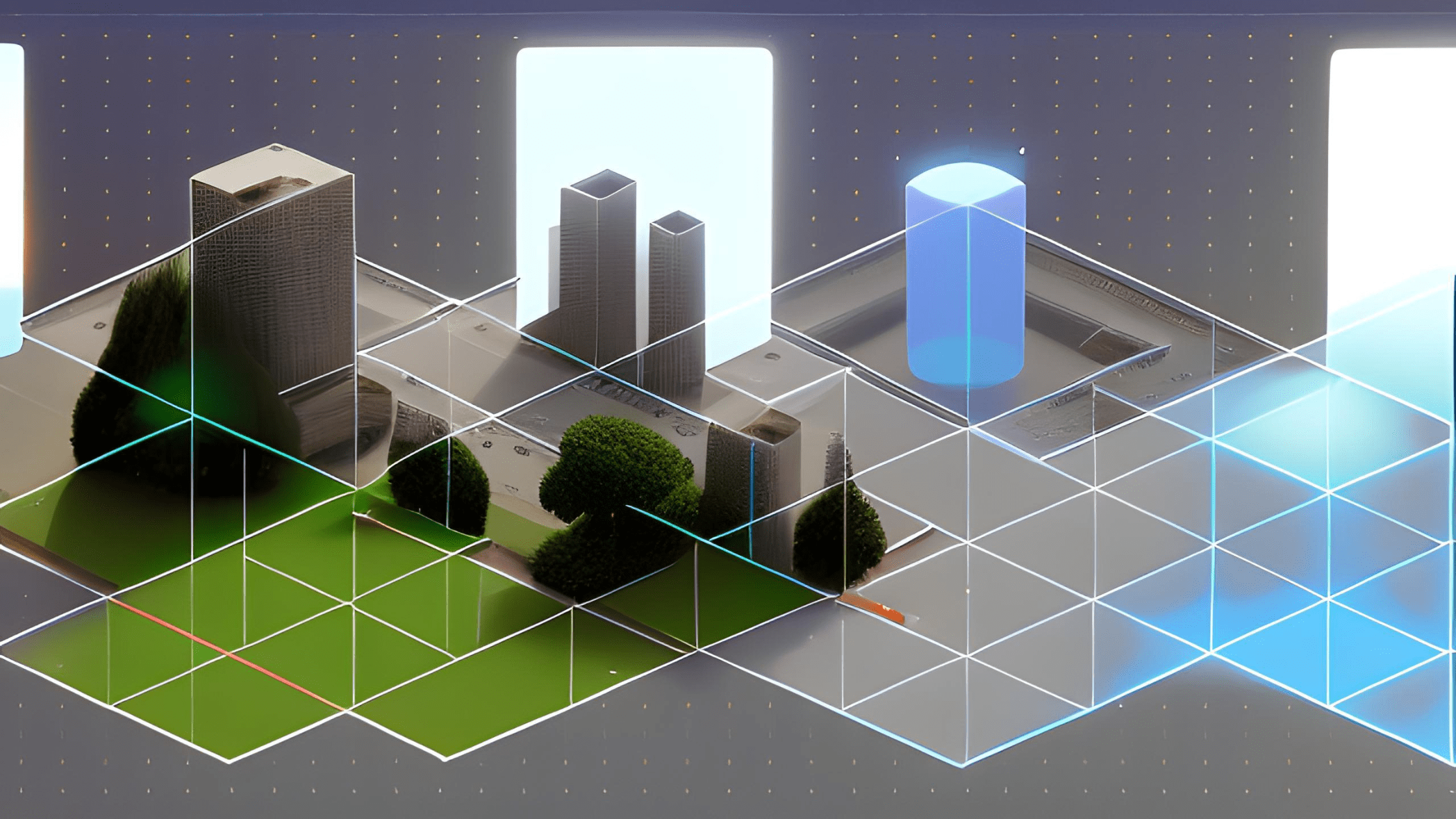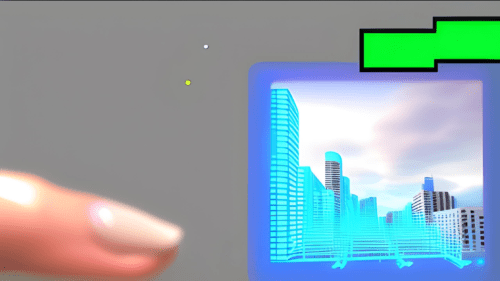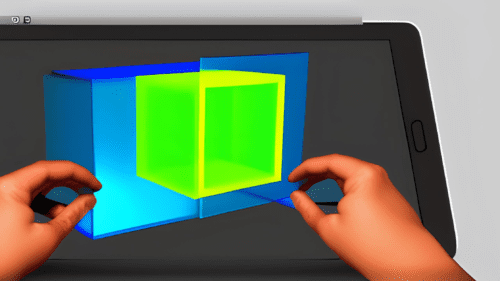Exploring the Role of “Mesh” in Augmented Reality
In the realm of augmented reality (AR), the term “mesh” holds significant importance, acting as a foundational element that bridges the virtual and real worlds seamlessly. As you dive into the fascinating world of AR, you’ll quickly realize that the concept of a “mesh” is more than just technical jargon – it’s a fundamental aspect that shapes your AR experience. In this article, we’ll delve deep into the realm of augmented reality and uncover the pivotal role that the “mesh” plays in enhancing our interactions with digital overlays.
Table of Contents
-
Introduction
-
Understanding Augmented Reality
-
The Significance of "Mesh" in Augmented Reality
-
How Does the "Mesh" Work?
-
Creating Realism Through Surface Interaction
-
Mesh Optimization for Seamless Experience
-
Challenges and Future of "Mesh" in AR
-
Benefits of Advanced Mesh Algorithms
-
Enhancing User Engagement with Dynamic Meshes
-
Integrating Physical and Virtual with "Mesh"
-
Applications Across Industries
-
Future Innovations and Possibilities
-
The Human Element in Mesh Interaction
-
Security and Privacy Considerations
-
Conclusion
1. Introduction
Augmented reality has evolved from science fiction to a tangible reality, blending digital content with the physical environment to create immersive experiences. Central to this technology is the concept of a “mesh.”
2. Understanding Augmented Reality
Augmented reality overlays digital elements in the real world, enhancing our perception and interaction. Unlike virtual reality, which creates entirely digital environments, AR supplements reality with contextual information.
What Does The Mesh Do In Augmented Reality
3. The Significance of “Mesh” in Augmented Reality
The “mesh” refers to a complex web of interconnected points, forming a framework for AR overlays. It acts as a spatial anchor, allowing digital content to interact with physical surroundings seamlessly.
4. How Does the “Mesh” Work?
When you activate an AR application, it scans your environment, creating a mesh of points that correspond to surfaces and objects. This mesh serves as a reference, ensuring that virtual objects align accurately with the real world.
5. Creating Realism Through Surface Interaction
The “mesh” enables realistic interactions. For instance, a virtual object can rest on a physical table, casting accurate shadows and responding to changes in lighting.
6. Mesh Optimization for Seamless Experience
Advanced algorithms continuously refine the mesh, optimizing its accuracy and responsiveness. This dynamic process ensures that digital overlays remain precisely aligned.
7. Challenges and Future of “Mesh” in AR
Challenges include occlusion (virtual objects hidden by real ones) and mesh deformation during movement. Future advancements aim to tackle these issues, enhancing the overall experience.
8. Benefits of Advanced Mesh Algorithms
Sophisticated algorithms not only enhance accuracy but also enable real-time adjustments. This creates a fluid and engaging experience for users.
9. Enhancing User Engagement with Dynamic Meshes
Dynamic meshes enable interactions like bouncing, stretching, and folding of virtual content. This opens up new possibilities for creativity and engagement.
10. Integrating Physical and Virtual with “Mesh”
The “mesh” acts as a bridge between two worlds, enabling users to interact with digital content while maintaining a connection to their physical environment.
11. Applications Across Industries
AR mesh finds applications in diverse fields – from gaming and entertainment to education and industrial training.
What Does The Mesh Do In Augmented Reality
12. Future Innovations and Possibilities
Anticipate innovations like haptic feedback integration into meshes, providing a tactile dimension to AR experiences.
13. The Human Element in Mesh Interaction
The “mesh” fosters a sense of presence, allowing users to feel as though digital content truly exists within their surroundings.
14. Security and Privacy Considerations
As AR becomes more integrated into our lives, safeguarding personal data and privacy within the mesh becomes a critical concern.
15. Conclusion
The “mesh” serves as the cornerstone of augmented reality, enabling seamless integration of digital and physical realms. Its evolution will continue to shape how we perceive and interact with our surroundings.
FAQs
Q: What exactly is an AR “mesh”?
A: An AR “mesh” is a network of interconnected points that create a framework for digital overlays in augmented reality.
Q: How does the “mesh” enhance realism?
A: By aligning virtual objects with physical surfaces, the “mesh” ensures accurate shadow casting and lighting interactions.
Q: What are the challenges of using meshes in AR?
A: Challenges include occlusion issues and maintaining mesh accuracy during movement.
Q: Can dynamic meshes change the way we interact with AR content?
A: Yes, dynamic meshes enable interactive behaviors like bouncing and stretching of virtual content.
Q: What’s the future of AR mesh technology?
A: The future holds innovations like tactile feedback integration and enhanced privacy measures.
Read More



1 thought on “What Does The Mesh Do In Augmented Reality 2023”